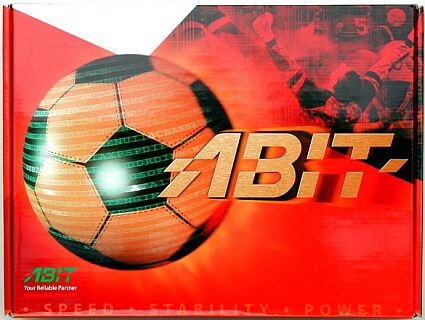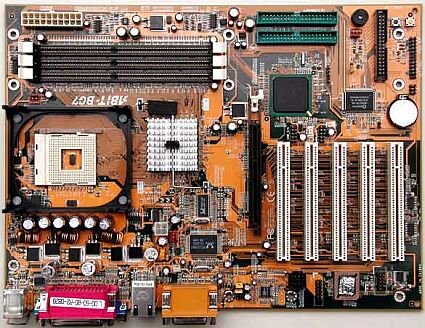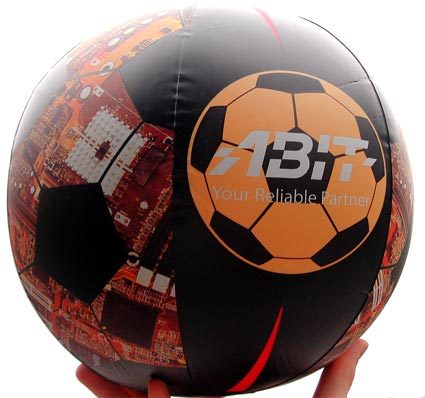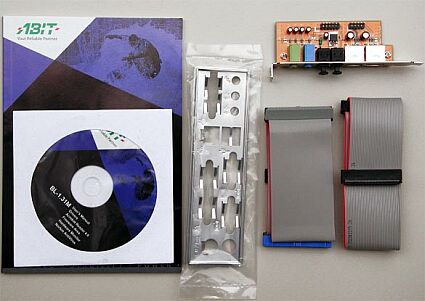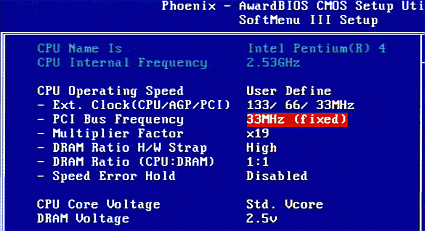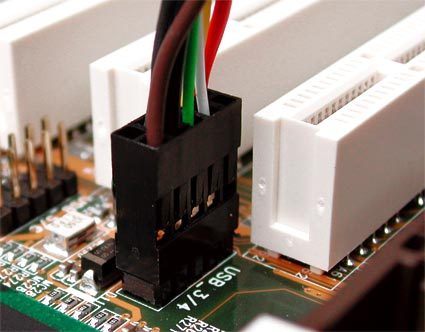DDR333 for P4: 16 Boards with Intel 845G - Part II
The Boards
Abit BG7: A Shadow Of Its Old Self
Retail packaging for the Abit BG7.
The Abit BG7 offers precious few features for high-end overclocking.
The inflatable beach ball is part of the package. All that's missing is the pump.
One-time champion overclocker Abit marked its return by entering the BG7 in our test. In contrast to other manufacturers, it is no easy task to get a hold of an Abit board for testing in Europe. The company apparently prefers to restrict distribution to small publishers who mostly run tests on just one product. A striking characteristic of the Abit BG7 was the small number of PCI slots - just five, compared to the six found on all the other boards in the test. The manufacturer also skimped on a Highpoint RAID controller, which is a common feature among its competitors. But we were impressed by the Soft Menu III, which ensures plenty of settings for overclocking.
What you get in the box from Abit BG7.
Bus speed can be adjusted in 1 MHz increments between 100 MHz and 250 MHz. However, when it comes to CPU core voltage, Abit goes for safety first, which might deter hardcore overclocking fans. Voltage can be set to one of three fixed values only - 1,500, 1,650 or 1,725 volts. For high-end overclocking, where water-cooling is used, for example, 1,750 volts is simply not enough. Nor can the AGP voltage be adjusted. On the upside, there are three DIMM slots and a slot bracket that accommodates ports for sound, USB 2.0, and optical in and out for digital audio (SP/DIF).
Variable PCI Bus clock.
Get Tom's Hardware's best news and in-depth reviews, straight to your inbox.
Each clock can be adjusted independently.
Features worthy of mention include both the motherboard's power and reset switches, which proved useful when we were experimenting. In the performance test, the Abit's average scores placed it in mid-field. On the other hand, the BG7 costs only about $130 - a reasonable price for an 845G board. Overclocking enthusiasts, however, will likely look elsewhere.
Troublemaker for PCI cards - USB port on the Abit BG7.
Another view of the poorly positioned USB ports.
Reset and power switches are a great help.
Current page: The Boards
Prev Page Comparison: Chipsets For P4 Next Page Albatron PX845G Pro II: A Newcomer Shows Potential